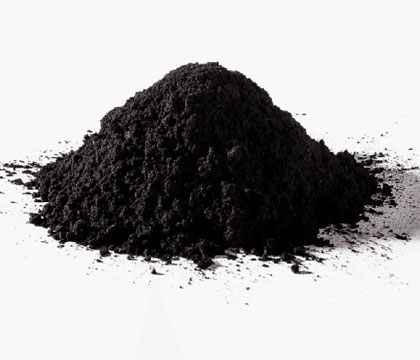Will Pulverized Coal Explode? Unraveling the Myth and Safety Measures
Pulverized coal refers to coal powder with a particle size less than 0.5 mm obtained after coal is crushed, coal grinding and other processes. Because pulverized coal is highly flammable and explosive, there is a potential risk of explosion during storage, transportation and utilization. Understanding the characteristics of pulverized coal is crucial to preventing and controlling explosion accidents.

Pulverized coal has a large specific surface area. Because of its small particles and large specific surface area, it is conducive to full contact with the air, thereby promoting the combustion reaction. Pulverized coal has a low auto-ignition point and may cause spontaneous combustion once it encounters a fire source or high temperature. Powdered coal can easily form flammable gas clouds in a suspended state, and can easily explode once it encounters an ignition source. Powdered coal has a fortress effect, that is, it releases a large amount of heat energy during the explosion, triggering a chain reaction and igniting surrounding combustibles, causing the explosion to expand and spread.
Causes of pulverized coal explosion
Pulverized coal explosion is caused by the interaction between the flammable characteristics of coal and external conditions. Here are some common causes of pulverized coal explosions:
1. Fire sources: including open flames, high-temperature surfaces, electric sparks, etc. When coal powder is suspended in the air, it can explode once it comes into contact with a fire source.
2. Dust concentration: When the concentration of pulverized coal is within the flammable concentration range, it is easy to cause an explosion when it encounters a fire source.
3. Oxygen concentration: Too high or too low oxygen concentration will affect the explosive performance of pulverized coal. Too high an oxygen concentration can easily cause an explosion, while too low an oxygen concentration can affect the onset of an explosion.
4. Dust moisture content: If the dust moisture content is too high or too low, it will affect the explosive performance of pulverized coal. Too high a moisture content may cause pulverized coal to fail to form flammable clouds, while too low a moisture content may easily form flammable pulverized coal clouds.
Preventive measures for coal powder explosion
In order to prevent the occurrence of pulverized coal explosion accidents, a series of measures must be taken to reduce the risk of pulverized coal explosions. Here are some common prevention tips:
1. Design of ventilation system: Use a reasonable ventilation system to control the concentration of pulverized coal in the air and keep it within a non-explosive range.
2. Installation of fire and explosion-proof equipment: including explosion-proof walls, explosion-proof doors, fire-retardant coatings, etc., used to isolate and suppress the spread of explosions and reduce the risk of explosion accidents.
3. Use of dust suppressants: The use of dust suppressants can reduce the flammability of pulverized coal and reduce the risk of explosion.
4. Standard operation and management: Establish a complete safety management system to ensure that operators operate in strict accordance with the regulations and eliminate the occurrence of illegal operations.
5. Regular inspection and maintenance: Regular inspection and maintenance of pulverized coal storage equipment, conveying equipment and processing equipment to ensure that they are in good condition and reduce the possibility of failure.
Pulverized coal is highly flammable and explosive, posing potential explosion risks. It is very important to understand the characteristics of pulverized coal and the causes of explosions and formulate scientific preventive measures. Through reasonable ventilation system design, installation and disassembly of fire and explosion-proof equipment, use of dust suppressants, standard operation and management, and regular inspection and maintenance, the occurrence of pulverized coal explosion accidents can be effectively reduced and production safety ensured.

Comments
0